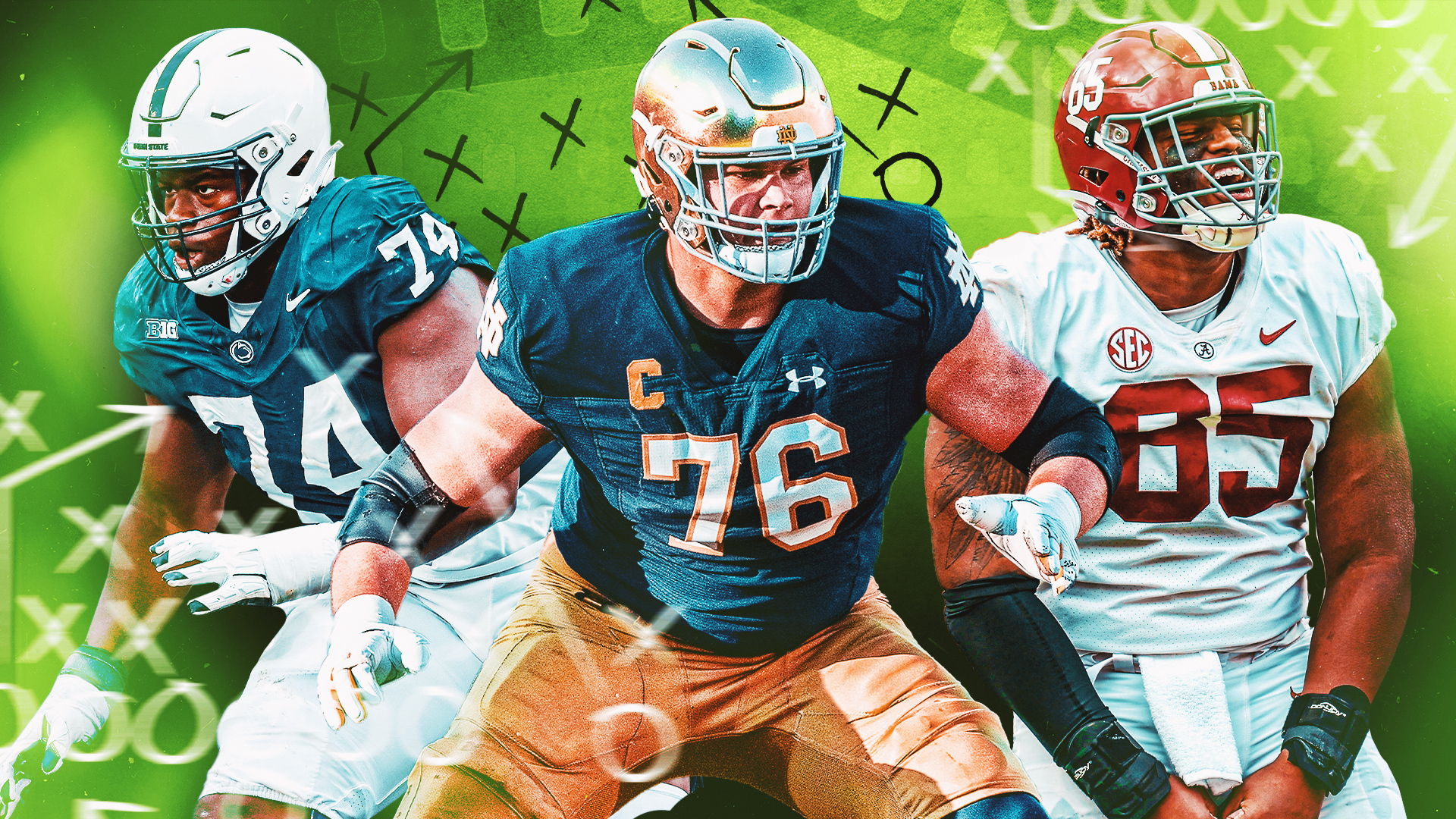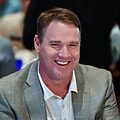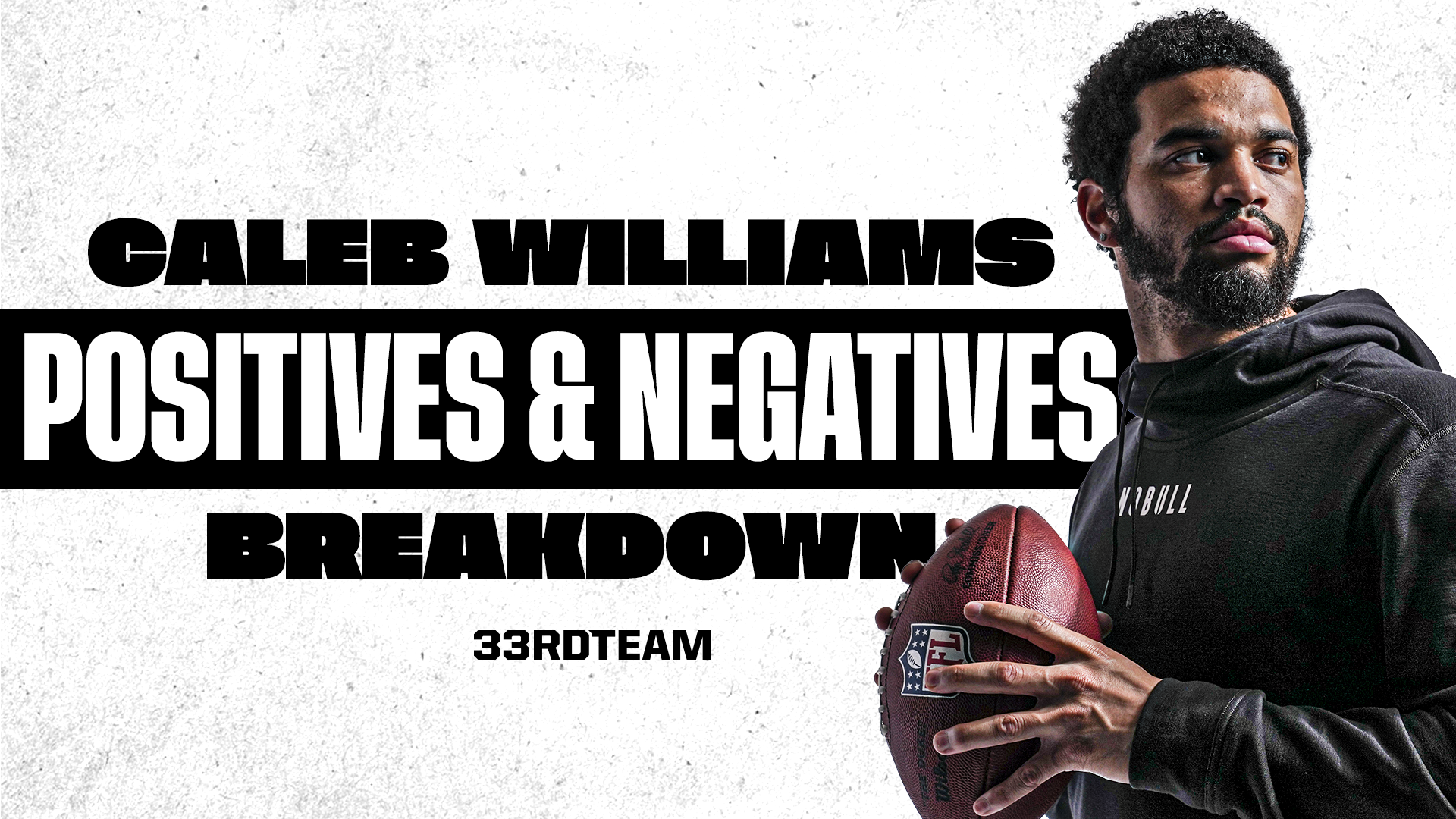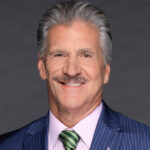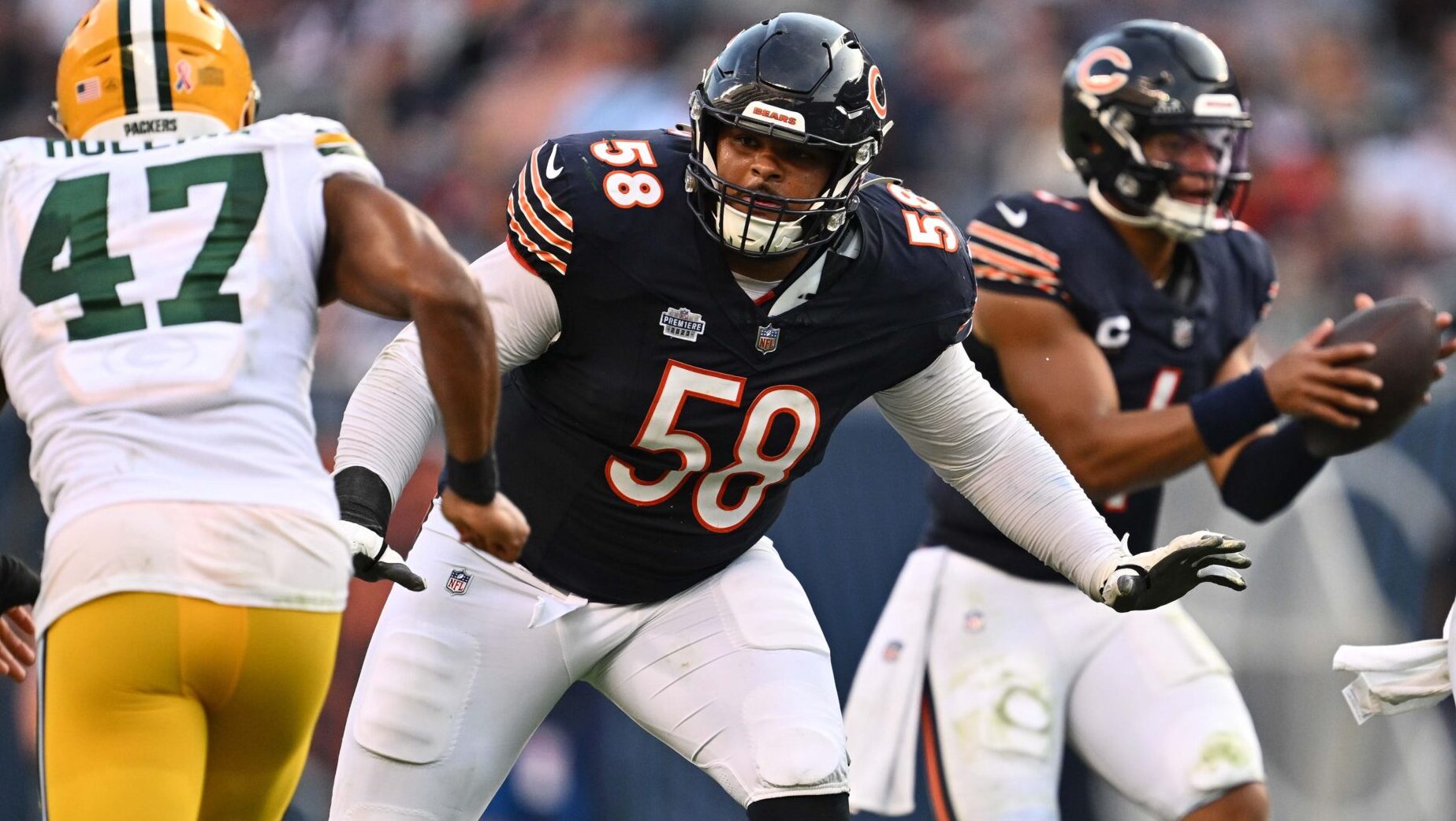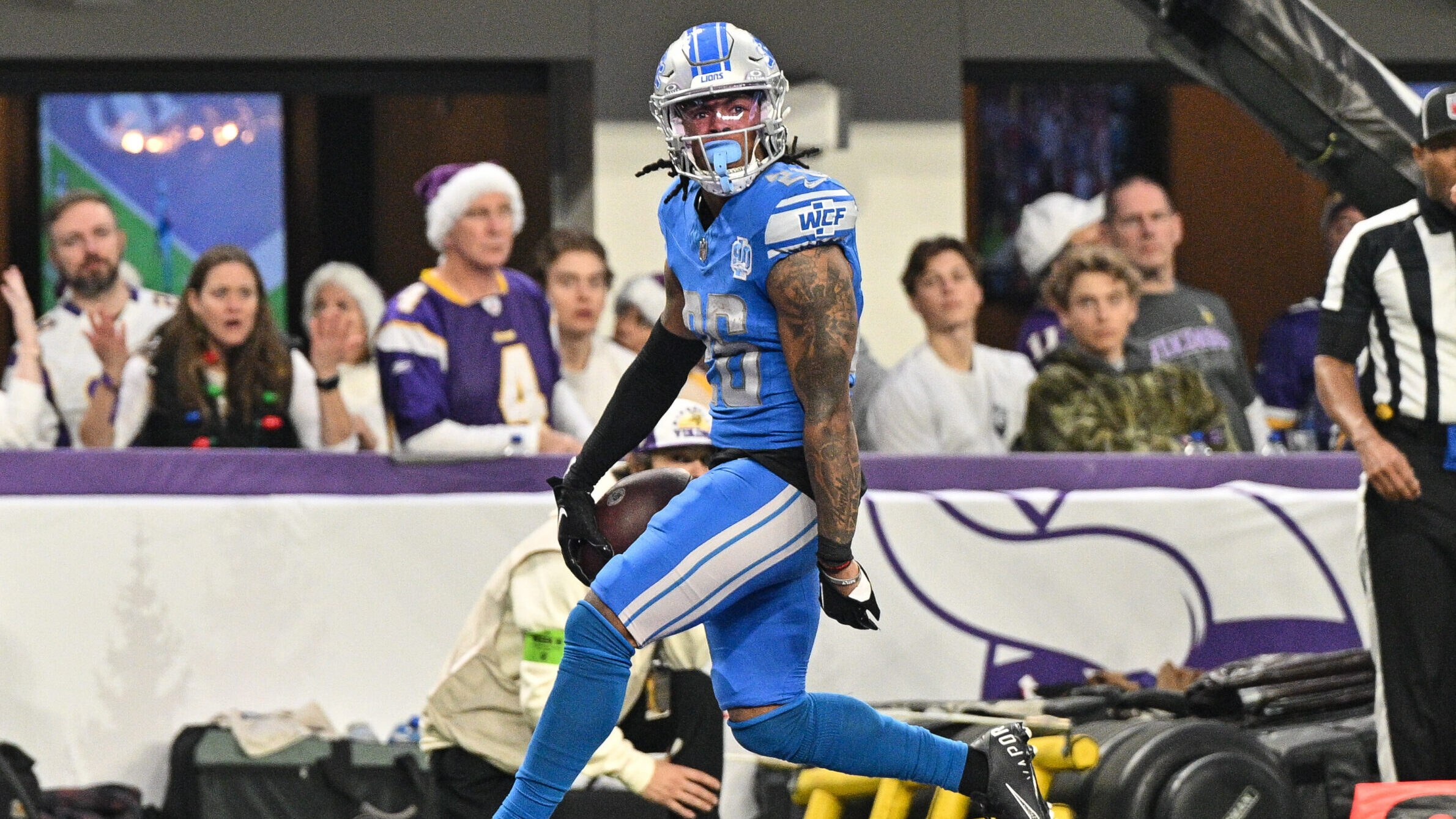Analysis
2/3/22
8 min read
Explaining The Pro Football Hall of Fame Selection Process
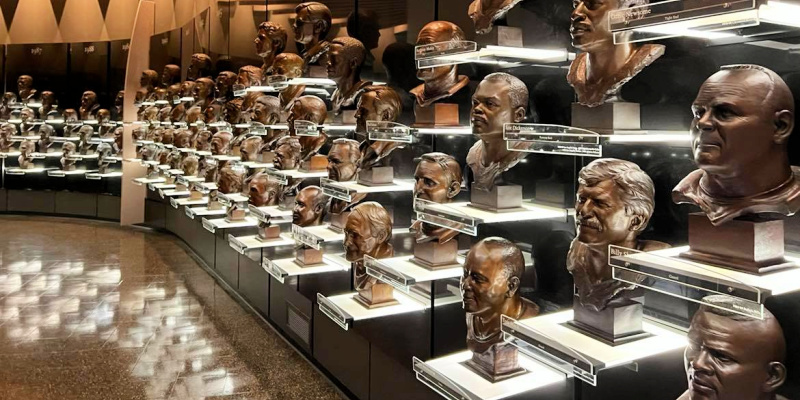
The Pro Football Hall of Fame will announce its class of 2022 next Thursday.
That’s a slight change over previous years when the announcement was made the Saturday before the Super Bowl. The Hall’s 49-member selection committee would meet at the Super Bowl site that morning, spend several hours discussing each of the finalists and then select a new class.
The last few years, the new inductees have been revealed on the NFL Honors award show the night before the Super Bowl, along with the league’s major awards, including MVP, the Walter Payton Man of the Year and the NFL coach of the year.
But COVID and a decision to move the Honors show from Saturday to Thursday have altered the process just a bit.
Because of the pandemic, the selection meeting hasn’t been held at the Super Bowl site the last two years. It’s been conducted via Zoom a few weeks prior to the Super Bowl.
This year’s 7 ½-hour meeting was held on January 18. So, the voting’s already been done and the results are only known to a select few, including Pro Football Hall of Fame president Jim Porter and the accounting firm that tabulated the votes.
I’ve been a Hall of Fame selector for the last 22 years. The selection process isn’t perfect, but it’s night-and-day better than baseball’s.
For the last 86 years, the Baseball Writers Association of America has been charged with selecting the Hall of Fame class each year.
Eligible voters need to be active or honorary members of the BBWAA -- which just means making sure you pay your dues every year -- and have been an active baseball writers for at least 10 years. But a fair percentage of the BBWAA’s 400 eligible voters haven’t covered an actual game since NSYNC was cranking out top 10 hits.
There are no discussions among the voters about the merits of the candidates before they vote. Each of them is sent a ballot, which allows them to vote for as many as 10 candidates or as little as none, and they send it back. If a player gets 75 percent of the vote, he’s in. If he doesn’t, he’s not. This year, just one player was selected by the BBWAA – former Boston Red Sox slugger David Ortiz. Last year, no one made it.
A big part of the problem is that while the Pro Football Hall of Fame explicitly instructs its voters to consider only what a player did on the field, the Baseball Hall of Fame gives its voters carte blanche to consider anything and everything, including character and alleged PED use.
Steroid-era players like Barry Bonds and Roger Clemens, whose numbers should’ve made them first-ballot Hall of Famers, failed for the 10th time last week to get the necessary 75 percent of the votes that would’ve put them in Cooperstown.
Same with pitcher Curt Schilling, a two-time World Series MVP with a 2.23 career postseason ERA, who is one of the 30 greatest pitchers in history, but also is an ignorant jerk.
Schilling has endorsed the January 6 Capitol riot and once advocated the lynching of a writer. He also was fired from his broadcasting job with ESPN for a transphobic meme. All of that said, he should be in the Hall of Fame on the merits of what he did between the lines.
As I said, Canton’s selection process might not be perfect, but it’s fair and it’s thorough. The 49-member selection committee includes writers and broadcasters, including four members of the Hall of Fame – Tony Dungy, Bill Polian, James Lofton and Dan Fouts.
In 2020, when the Hall selected an expanded Centennial class that included 20 seniors, it formed a special selection panel that included many from the regular selection committee, as well as current and former football people such as Bill Belichick, former Green Bay Packers general manager Ron Wolf and former Kansas City Chiefs president Carl Peterson.
The first of two preliminary votes is held in early October, where the number of modern-era candidates is reduced from an initial 120 or so nominees to 25 semifinalists. Then, in early December, another reduction vote is held to get down to 15 finalists.
In addition, smaller sub-committees met in the late summer and select senior, coaching and contributor finalists. This year’s finalists are Cliff Branch (senior), Dick Vermeil (coach) and Art McNally (contributor).
The annual selection meeting typically lasts somewhere between seven and nine hours. We start by discussing the senior, coaching and contributor nominees and then have a secret yes-or-no vote on each of them.
They need the approval of 80 percent of the selectors (at least 40 of 49) to make the Hall of Fame. The committee isn’t given the results of those yes-or-no votes, but it’s been extremely rare for a senior, contributor or coaching finalist not to get the necessary 80 percent approval.
After we vote on those three finalists, we begin the extensive discussion of the 15 modern-era player finalists. This year, the 15 were Andre Johnson, Demarcus Ware, Devin Hester Patrick Willis, Sam Mills, Zach Thomas, Jared Allen, Richard Seymour, Bryant Young, Reggie Wayne, Torry Holt, Ronde Barber, LeRoy Butler, Tony Boselli and Willie Anderson.
After we finish discussing each of the 15 finalists, we hold a reduction vote, eliminating five of the 15. There then is further discussion on the 10 surviving finalists, followed by another reduction vote to get down to five.
The Hall of Fame’s current by-laws limit the number of modern-era inductees each year to five. After we get down to five, we hold yes-or-no votes on those five, like we did with the senior, coaching and contributor finalists. Eighty percent of the vote again is the threshold for induction. The selection committee isn’t told the results of the yes-or-no votes on the final five.
The additions to the selection committee over the last few years of Dungy, Polian, Fouts and Lofton have made an already good process even better. Their input and experience has benefited all of us as we have tried to make the best decisions possible.
There has been some occasional criticism. Not nearly as much as baseball’s Hall of Fame vote gets, but some.
Former Philadelphia Eagles safety Brian Dawkins was furious when he didn’t get in in his first year of eligibility in 2017 (he got in the next year). Even after he did get in, he said there are things about the process that he doesn’t agree with, but has yet to tell me what they are.
Terrell Owens was so miffed at having to wait three years to get in that he boycotted the induction ceremony and held his own at his alma mater (Tennessee-Chattanooga).
When you’ve got 49 people, you’re going to have some differences of opinion. We’ve had some spirited debates in the room during my 21 years on the committee. Not a lot, but a few. Owens was the subject of one of them. I’ve made it clear in the past that I feel he should’ve been voted in in his first year of eligibility. He is third all-time in receiving yards and receiving touchdowns.
Usually, though, after our marathon meetings are concluded, we walk out of the room — or, the last two years, away from the computer screen — feeling good about the decisions we’ve made.
The biggest problem with the Pro Football Hall of Fame is that there is a backlog of deserving candidates. There are at least 50 players in the senior pool who belong in Canton. The expanded centennial senior class two years ago helped ease the backlog a little bit. But they need to do that a few more times. Putting in just one senior a year isn’t going to get it done.
Every year, when I look at the list of 15 finalists, I usually feel that at last 10 of them, and sometimes more, are Hall of Fame-worthy. We usually put in the maximum five every year, but I wouldn’t mind seeing them raise the limit to six or seven.
I’d also like to see them expand the number of years that a modern-era player remains eligible before falling into the senior abyss. Players become eligible for the Hall of Fame five years after they retire. Then, they have a 20-year eligibility window to make the Hall as a modern-era player. I’d like to see that window expanded to 25 years. Baseball, on the other hand, just reduced its modern-era eligibility window from 15 to 10 years, though their veterans committee usually puts in several players each year.
I’ve been covering pro football for 40 years. I have had a lot of gratifying moments in those 40 years. Some of the most gratifying have involved the Hall of Fame voting.
On the wall of my office, I have a framed letter from late NFL Films president Steve Sabol, thanking me for helping get his father Ed in the Hall of Fame in 2011. It’s one of my most prized career possessions. Steve, who lost a battle to cancer a year later, joined Ed in Canton in 2020.
Another class will be announced next Thursday and I’ll once again take immense satisfaction in knowing that I was 1/49th of a process that helped make some more dreams come true.


